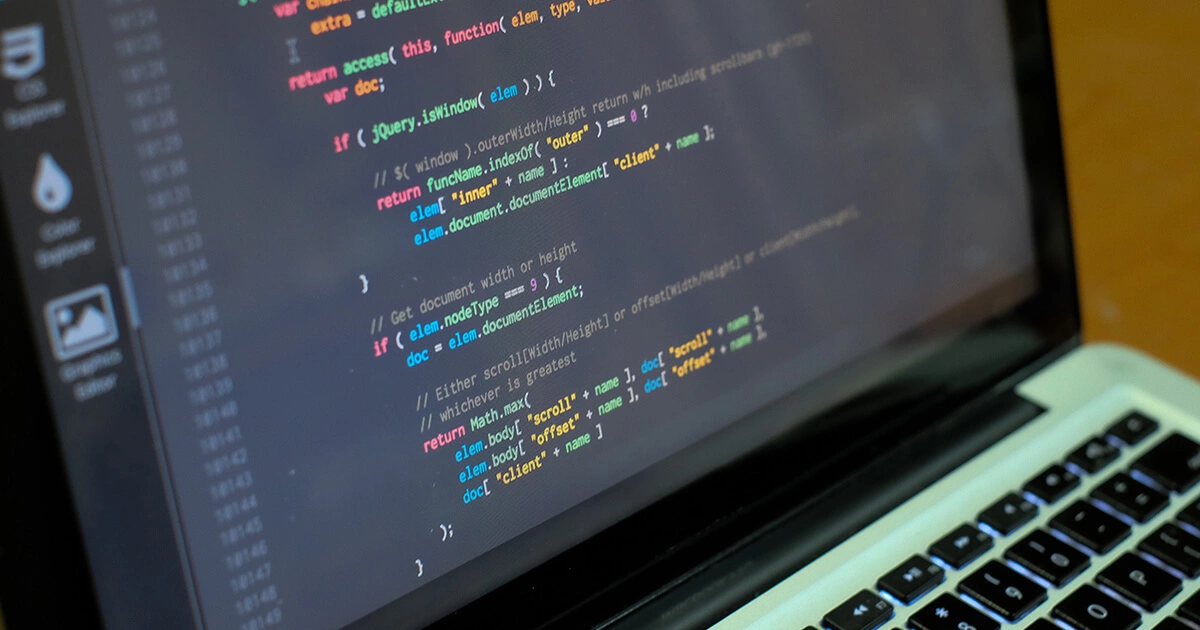
How to connect MariaDB with Python
The Connector/Python module is a practical way to connect to MariaDB databases, execute queries and manage results. Many web apps use MariaDB as a backend database. You can also connect Python web frameworks like Flask or Django with MariaDB. In this tutorial, we explain step by…










